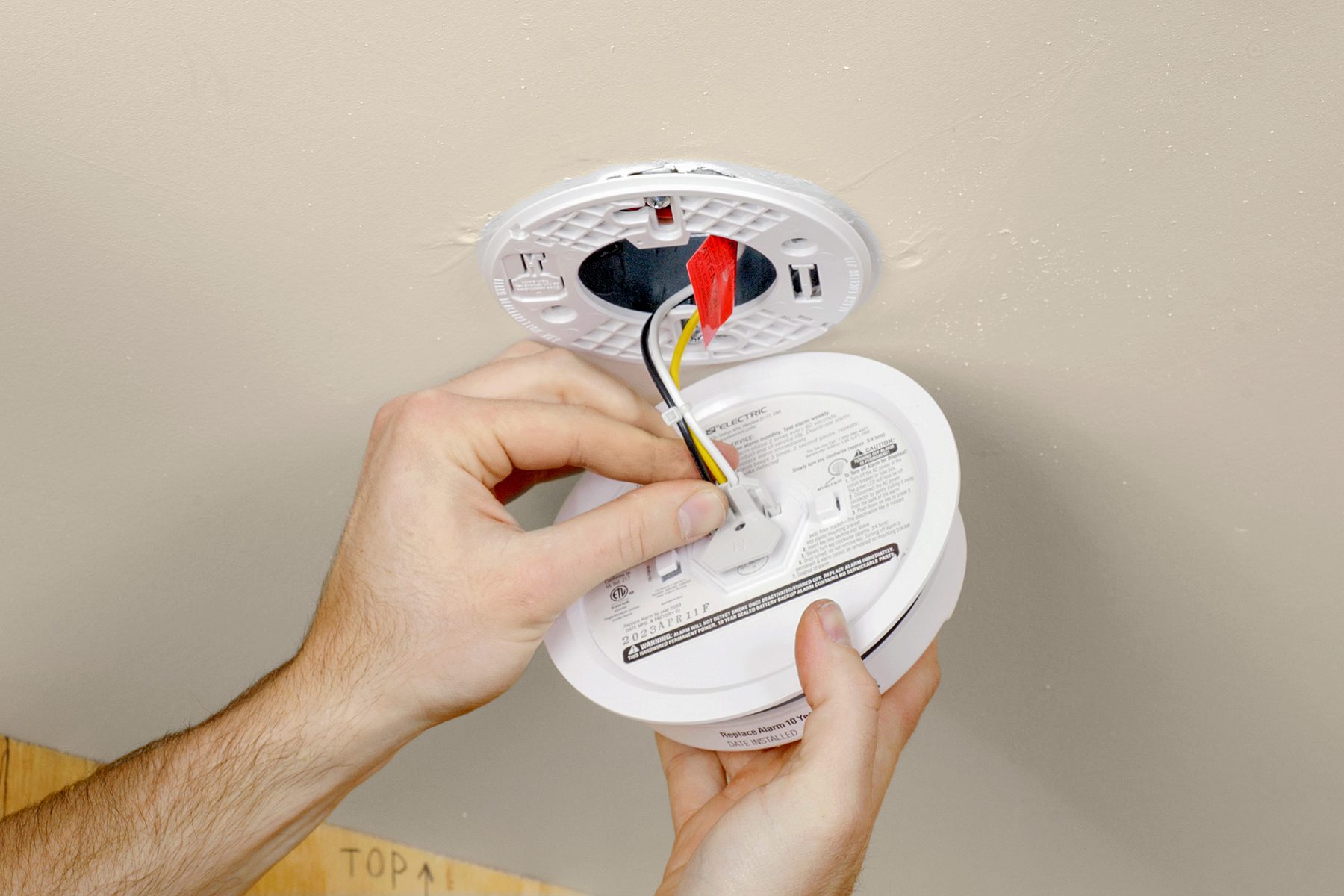
Install and Test Smoke Detectors for Home Safety
Ensuring the safety of your home and family involves proactive measures, and one essential component of home safety is smoke detectors. Discover the importance of installing and regularly testing smoke detectors to safeguard your home against fire hazards.
Understanding the Importance of Smoke Detectors: Early Warning for Fire Safety
Smoke detectors are crucial devices that provide early warning in the event of a fire. Their primary function is to detect the presence of smoke, signaling the potential danger and allowing occupants to evacuate quickly. Installing smoke detectors throughout your home is a fundamental step in fire safety.
Choosing the Right Location: Strategic Placement for Maximum Effectiveness
Proper placement of smoke detectors is essential for their effectiveness. Install detectors in key areas, including bedrooms, hallways, and common living spaces. Place them on ceilings or high on walls, as smoke tends to rise. Avoid installing detectors too close to cooking appliances or bathrooms to prevent false alarms.
Selecting the Right Type of Smoke Detector: Ionization vs. Photoelectric
There are two main types of smoke detectors: ionization and photoelectric. Ionization detectors are sensitive to fast-burning fires, while photoelectric detectors are better at detecting slow, smoldering fires. For comprehensive protection, consider dual-sensor smoke detectors that combine both technologies.
Installing Smoke Detectors: Step-by-Step Guide
Installing smoke detectors is a straightforward process. Begin by reading the manufacturer’s instructions for your specific model. Typically, detectors should be installed on the ceiling or high on a wall. Use a drill to secure mounting brackets and attach the detector. Ensure each detector is securely in place and test it before considering the installation complete.
Testing Smoke Detectors: Regular Checks for Reliability
Regular testing is crucial to ensure the reliability of your smoke detectors. Most detectors have a test button that, when pressed, activates the alarm sound. Test each detector monthly to verify its functionality. If your smoke detectors are hardwired, also test the connection to the central alarm system.
Changing Batteries: Maintaining Power for Continuous Protection
Smoke detectors are often powered by batteries. To maintain continuous protection, replace the batteries at least once a year. A common practice is to change batteries during daylight saving time, making it easy to remember. Some modern smoke detectors come with long-lasting lithium batteries, but it’s essential to check and replace them as needed.
Cleaning and Maintenance: Removing Dust and Debris
Dust and debris can accumulate on smoke detector sensors, affecting their performance. Periodically, clean detectors using a soft brush or a vacuum cleaner attachment. Gently remove any particles that may hinder the sensor’s ability to detect smoke. Regular maintenance ensures optimal functionality.
Interconnecting Smoke Detectors: Enhanced Protection Through Connectivity
Interconnecting smoke detectors can enhance home safety. When one detector detects smoke, it triggers all interconnected detectors to sound the alarm. This feature ensures that occupants are alerted regardless of their location in the house. When installing interconnected detectors, follow the manufacturer’s guidelines for proper wiring.
Creating a Fire Escape Plan: Preparedness Beyond Smoke Detectors
While smoke detectors provide early warning, having a fire escape plan is equally crucial. Develop a plan that includes multiple escape routes from each room. Practice the plan with all members of the household regularly. Combine the use of smoke detectors and a well-practiced escape plan for comprehensive fire safety.
Conclusion: A Safer Home with Smoke Detectors
Installing and regularly testing smoke detectors is a fundamental aspect of home safety. By understanding their importance, strategically placing detectors, selecting the right type, and performing routine maintenance, you contribute to creating a safer living environment. For additional insights and smart home solutions, visit Install and Test Smoke Detectors.
